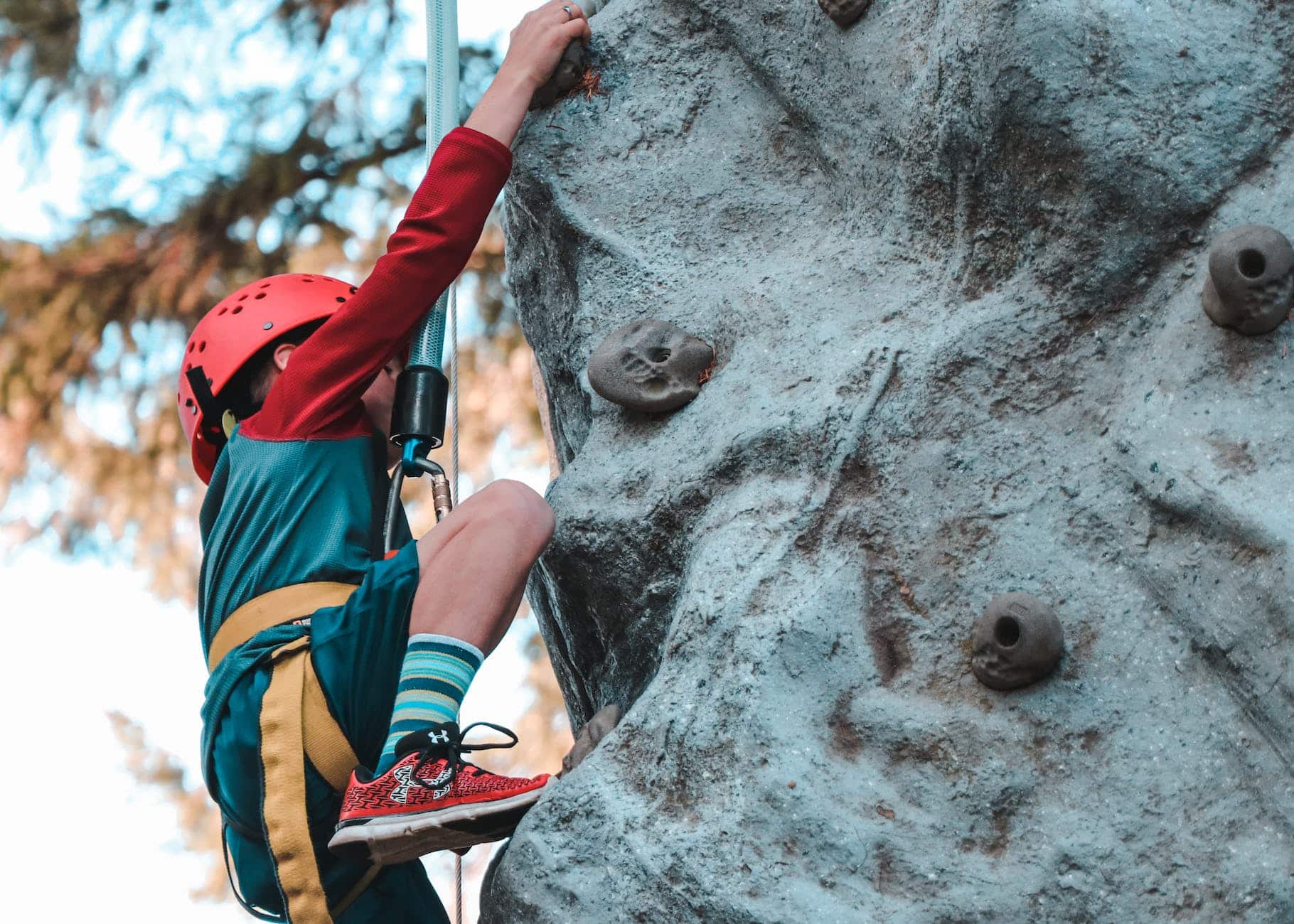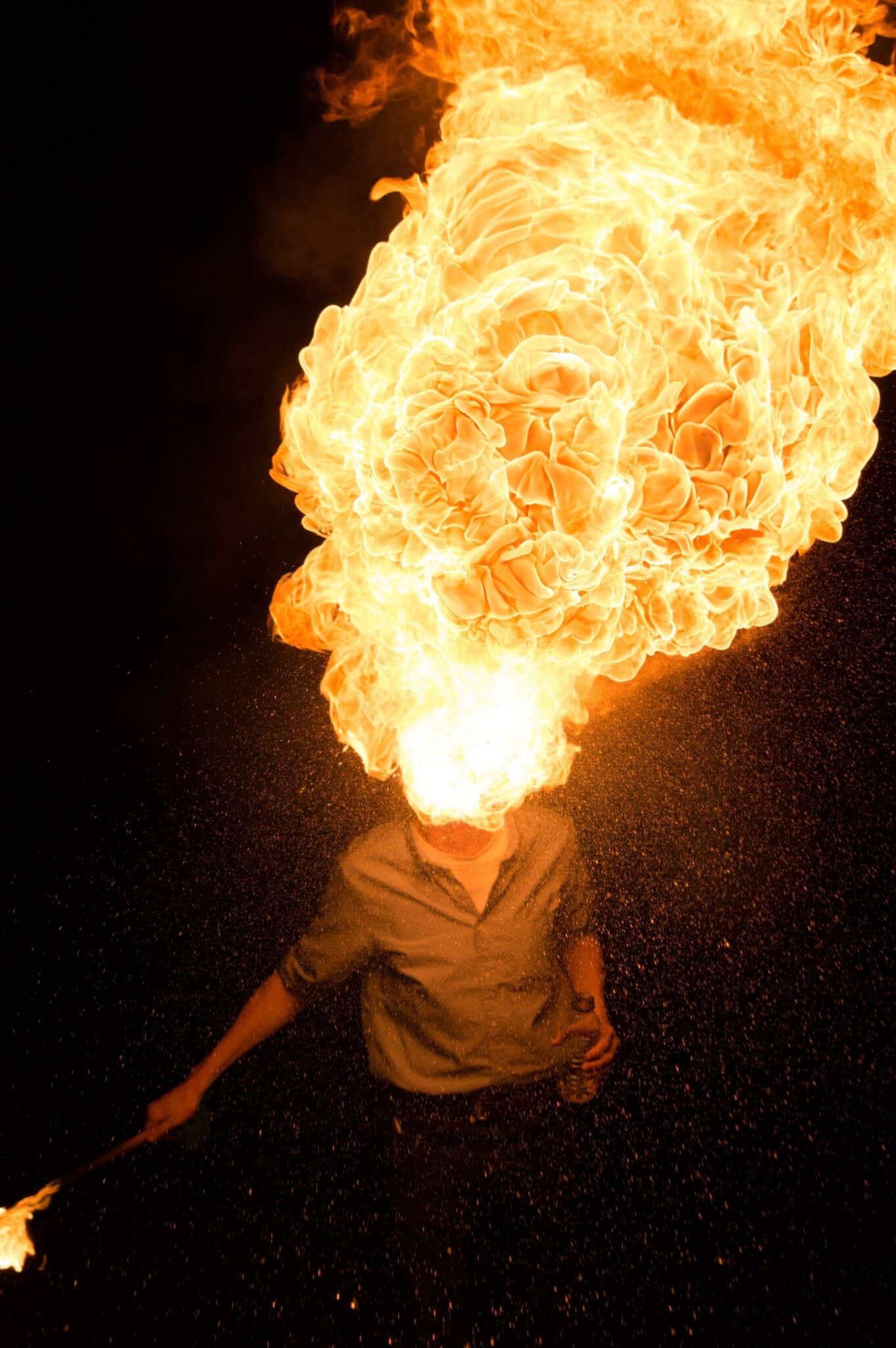One of the things I remember with nostalgia is my childhood days, especially the ones when I learned to skate. Back then, they were still the old type of rollerskates.
Those were afternoons very well spent at the skating rink with an elderly teacher who was there on weekends to teach kids and adults.
I especially remember that the big falls did not happen at the very beginning, when we would all stroll, afraid of falling, usually clinging to the railing, until we were comfortable skating in the middle of the rink.
After this initial phase came what in my childhood days were called big “ass-kickings falls.” Or, if you want to be more polite, a few big falls.
I am writing about this subject today because, in a way, it is similar to all the learning processes we go through when we enter a new business area.
In the beginning, we go in fear. We think about what we are doing, about the constraints that it implies, and only after analyzing things well do we move forward.
After a while, as we advance in the learning process, all this begins to be integrated, and what the initial steps that we took with care are now automatic and we don’t even think about when we do them.
If we think about the leadership process and how people perceive it, this is precisely what we tend to do.
In the beginning, we think about everything, the impact on people, and the best way to do it. In short, sometimes we even overthink, but when it comes to leadership, it is actually worth thinking a little.
Then, when we stop thinking, the big “falls” come.
I call this the “yellow light” syndrome.
What do you usually do if you have a yellow light in front of you?
Do you slow down and stop?
Come on, be honest, do you slow down?
If you are like most people, you speed up to still catch the open signal.
If in traffic, we sometimes still get away – although in most cases, we end up holding up all the traffic – in leadership, the issue is already thinner.
One of the things I learned a long time ago is that the cushion is a good advisor. Although I am a fast decision-maker, I have long surrounded myself with people who occasionally make me slow down and stop.
Naturally, I am tempted to move forward and decide.
I am partial to a line of thought that says better a terrible decision than none.
Generally, this is true, but often in leadership, it screws up.
Going against our natural way of doing things is not always easy. Sometimes we are too stubborn to do it, but we can always have reliable people around us who can make us slow down and stop to think about it a little more.
It is often said that “feedback is the breakfast of champions,” in the case of leaders. I would say it is breakfast, lunch and also dinner.
Leadership without feedback is a disaster waiting to happen.
So, if we go back to the “rollerskating” and start to analyze how we “skate” today in leadership, we will find situations that were once hard and today are not.
Do you want examples of this?
Ask yourself these questions, and please answer them as honestly as possible!
In your relationship with the people you lead:
Do you still adapt to each person you lead as you did in the beginning, or do you take them for granted today?
In the leadership decisions you make:
Do you analyze all the available data?
Do you analyze the problem or situation from every possible angle, even those that are not your own?
In conflict resolution in the team:
Does it still seek to be unbiased in analyzing the parties?
Given the years of living with the people you lead, don’t the natural preferences or sympathies for some influence your decision?
In the way you lead the different people in the team:
Do you consider emotional maturity (motivation) and professional maturity (know-how) in how you lead each person on the team?
Ask yourself these questions, reflect and stop for a moment to think:
“Have my company and I taken skating for granted?”
Also published on Medium.



Leave a Reply
You must be logged in to post a comment.